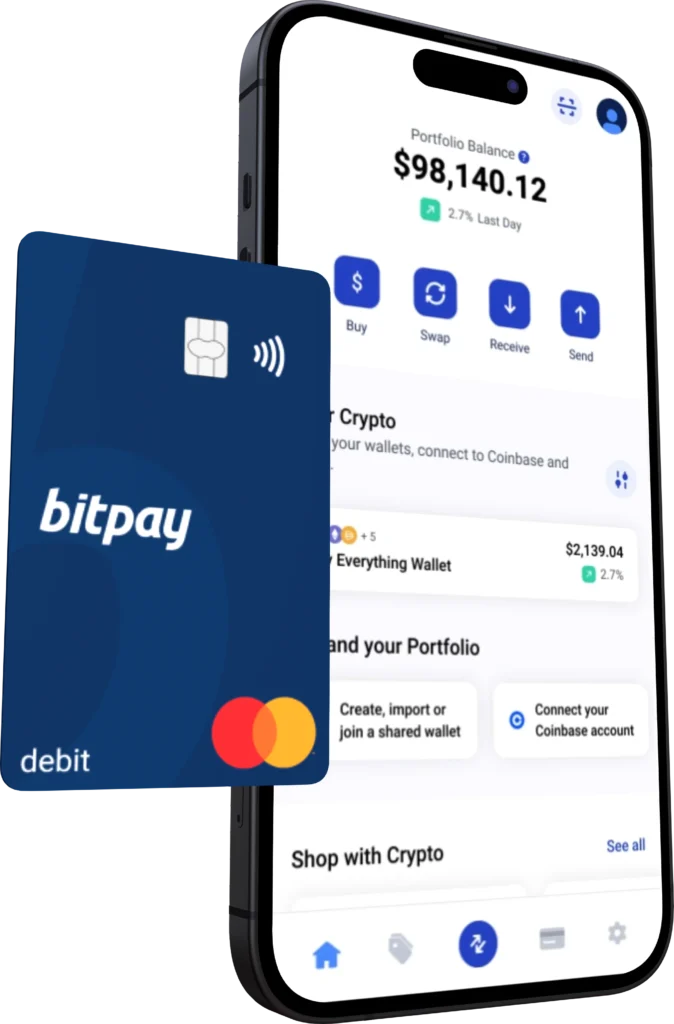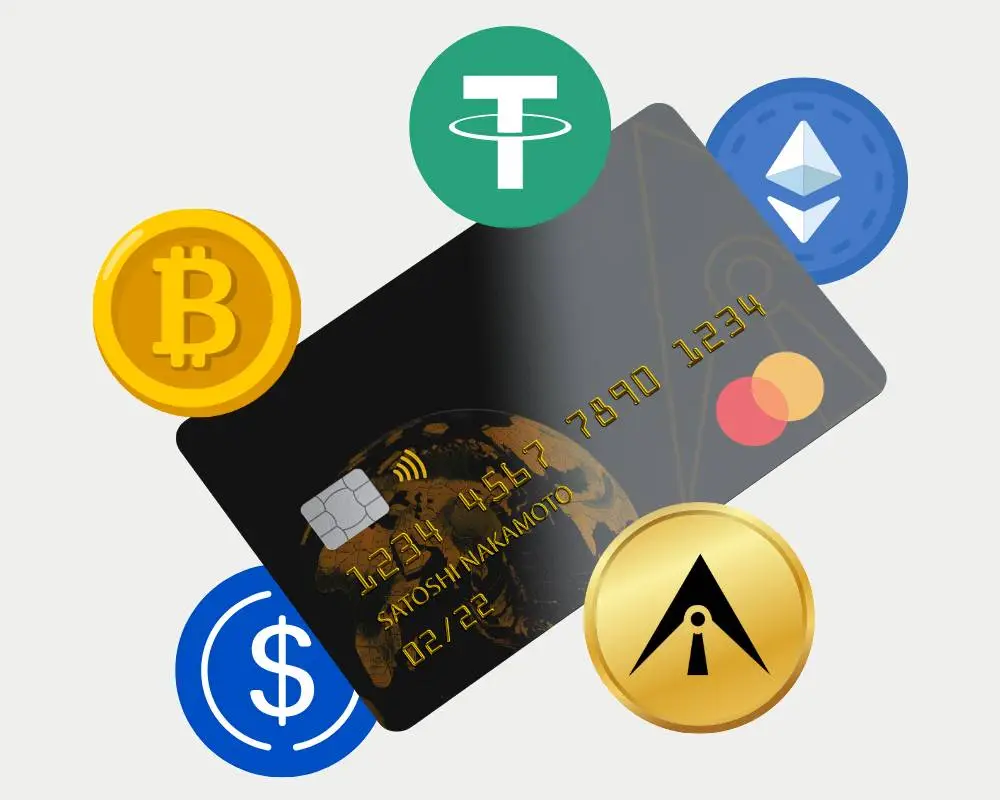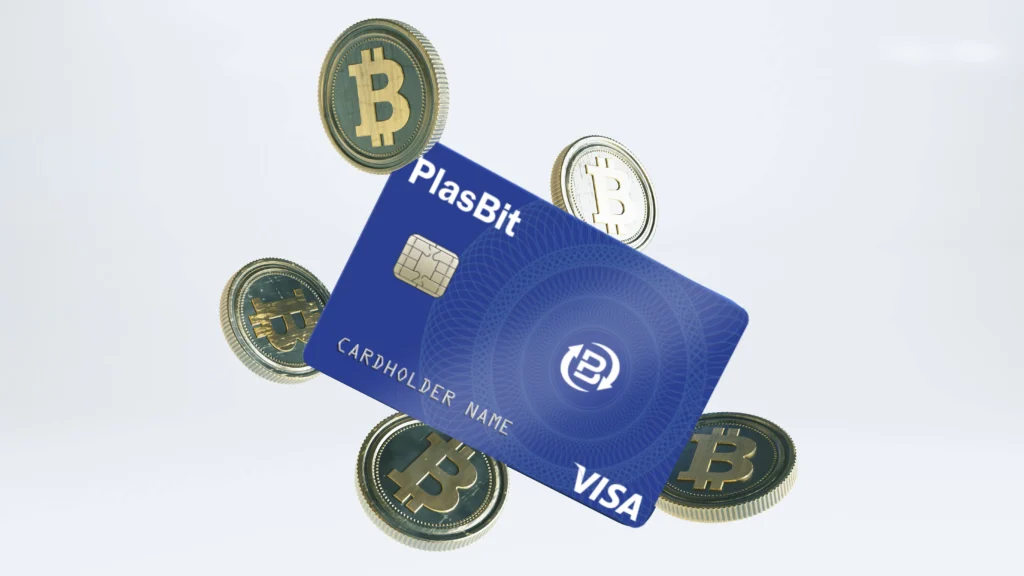Web3 Card Security: 7 Things You Should Know Before Swiping
If you’re thinking about getting a Web3 credit or debit card, you’re not alone. These crypto-linked cards are making waves, letting users spend tokens like cash. But how safe are they really? This quick roundup covers 7 essential facts about Web3 card security so you can decide whether they’re ready for everyday use.
1. Web3 Card Security Starts (and Ends) with Wallet Keys

Web3 cards typically connect directly to a crypto wallet. That means your security depends on your private key management. Lose your key or get phished? Say goodbye to your funds—there’s no reset button.
Cards linked to hot wallets (online wallets) are particularly vulnerable. For safer use, a hardware wallet is better—but way less convenient.
2. Not All Web3 Cards Are Fully Decentralized

Many cards are branded as “Web3,” but they’re still issued by centralized entities. If the company collapses (ahem, FTX), your funds or access could vanish.
Even if you’re using DeFi rails, you’re often still trusting a third party with backend control, making it a strange mix of decentralized and old-school risk.
3. KYC Requirements Might Surprise You

Web3 is known for its privacy ethos. But many Web3 card issuers still require Know Your Customer (KYC) processes—uploading ID, verifying your identity, the whole thing.
This breaks the illusion of anonymity and puts your data in the hands of another database that could be breached.
4. Smart Contracts Add Flexible Security Features

On the plus side, Web3 card systems can use smart contracts to boost security:
- Set spending limits
- Whitelist addresses
- Freeze transactions
This programmability gives you options traditional cards can’t match—but only if you know how to use them.
5. Crypto Fraud Looks Different (and Is Often Permanent)

Traditional credit cards often come with fraud protection and chargebacks. In crypto? Not so much. If someone drains your wallet, you’re on your own.
However, blockchain transparency can help trace stolen funds—assuming law enforcement is equipped (and motivated) to help.
6. Usability vs. Security: It’s a Trade-Off

Want to tap your card at a store using a secure cold wallet? That’s not easy. Want to use a hot wallet for convenience? That’s risky.
Web3 cards force you to balance usability with security, and right now, that scale still leans heavily toward tech-savvy users.
7. They’re Cool, But Not Always Practical (Yet)

Web3 cards are exciting—spend ETH at Starbucks, earn rewards on-chain, or avoid banks entirely. But for most people, they’re not ready to replace traditional cards.
They shine if you’re deep into crypto, but for average users? Too many moving parts, too many risks.
Final Thoughts: Is Web3 Card Security Worth the Gamble?

Web3 card security has made strides, but it’s not foolproof. For enthusiasts who know their way around private keys, smart contracts, and wallet hygiene, it’s a promising tool. But for the average person? The risks may outweigh the convenience—for now.
If you’re curious, start slow. Keep your main funds off the card. And always, always have a backup in your traditional wallet.
Relevent news: Here



